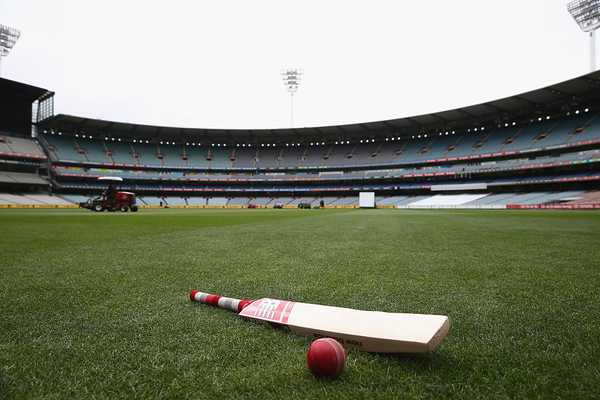USA Cricket’s Strategic Split: A Deep Dive into the Termination of Ties with ACE
In a critical juncture for the sport in the United States, USA Cricket has officially severed its partnership with American Cricket Enterprises (ACE). This decision, made following a tumultuous three-hour board meeting, signals a significant shift in the landscape of American cricket.
The Agreement: A Foundation of Ambition
Back in June 2019, USA Cricket entered into a groundbreaking 50-year agreement with ACE, which was established to spearhead the Major League Cricket (MLC). This deal granted ACE exclusive rights to operate a premier T20 league in the U.S.—an initiative that aimed to not only elevate the profile of cricket but also to tap into commercial opportunities for national teams and enhance infrastructure in a country with historically limited cricket facilities.
Rising Tensions: A Partnership Under Strain
Despite the promising beginnings, tensions between USA Cricket and ACE escalated over the years. The partnership’s cracks became increasingly evident, particularly as board members voiced their frustrations regarding management and finances. Following the termination notice sent by USA Cricket, it is clear that what was once envisioned as a collaborative effort has deteriorated into discord.
The Factional Divide
The vote to terminate the contract emerged from a faction within the USA Cricket board, spearheaded by Chairman Venu Pisike and Board Member David Haubert. They were joined by fellow directors Srini Salver, Anj Balusu, and Pintoo Shah, while dissent came from directors Nadia Gruny, Kuljit Nijjar, Atul Rai, and Arjun Gona. The internal struggle highlights not only differing visions for the future of cricket in the U.S. but also potential rifts within the governance structure itself, as Gruny has formally challenged Pisike’s legitimacy as Chairman.
Legal Concerns and Financial Implications
Amidst this upheaval, legal counsel advised that the termination might not withstand arbitration, labeling the decision as potentially ‘reckless.’ Furthermore, USA Cricket is already operating under an ICC suspension notice, controlling its financial streams and leaving the board in a precarious position. Estimates from insiders suggest that ACE has provided over $10 million since 2019 for various operational costs, including sanction fees and player payments. With the termination, future payments are now uncertain, raising alarms over USA Cricket’s immediate financial stability.
The Shadow of Bankruptcy
Sources claim that without ACE’s quarterly disbursements, USA Cricket could face bankruptcy within weeks. While the board had been moving toward an ambitious $700,000 budget for upcoming matches, the financial viability of these plans is now in serious jeopardy. Preparations for fixtures against West Indies A and the USA Women’s team are at risk, jeopardizing the nation’s hopes as they gear up for a World Cup appearance.
Dispute Origins: A Timeline of Tensions
The roots of this conflict can be traced back to June 23, when USA Cricket issued a termination warning citing alleged breaches by ACE. ACE responded to the concerns point-by-point, challenging the accusations, yet USA Cricket concluded with its termination notice without further dialogue. An examination of the agreement indicated that only two claims referenced material breaches: ACE’s failure to pay yearly minimum guarantees and the construction of a High Performance Center.
ACE’s Position: Defense Against Allegations
Interestingly, internal bank records indicate that ACE has consistently met minimum payment obligations. Furthermore, regarding the High Performance Center, ACE contended that they had designed it in conjunction with USA Cricket leaders, asserting that it exceeds standards set by ICC for other Associate nations and is considered viable for hosting World Cup matches in 2024.
Implications for Major League Cricket and Future Prospects
The continuation of Major League Cricket is a priority for USA Cricket, as ACE’s legal options could provoke a costly arbitration process with no immediate financial relief. The landscape is rife with uncertainty; with the potential disruption in funds, plans for the U.S. National Team may face comprehensive delays, which could significantly affect preparations as the World Cup approaches.
As the aftermath of this split unfolds, the future of American cricket remains uncertain. Relationships within the board are tense, financial stability is threatened, and the dreams of cricket enthusiasts in the U.S. hang in a precarious balance. The stakes are high as this narrative develops, reflecting both the challenges and opportunities that lie ahead for cricket in America.



